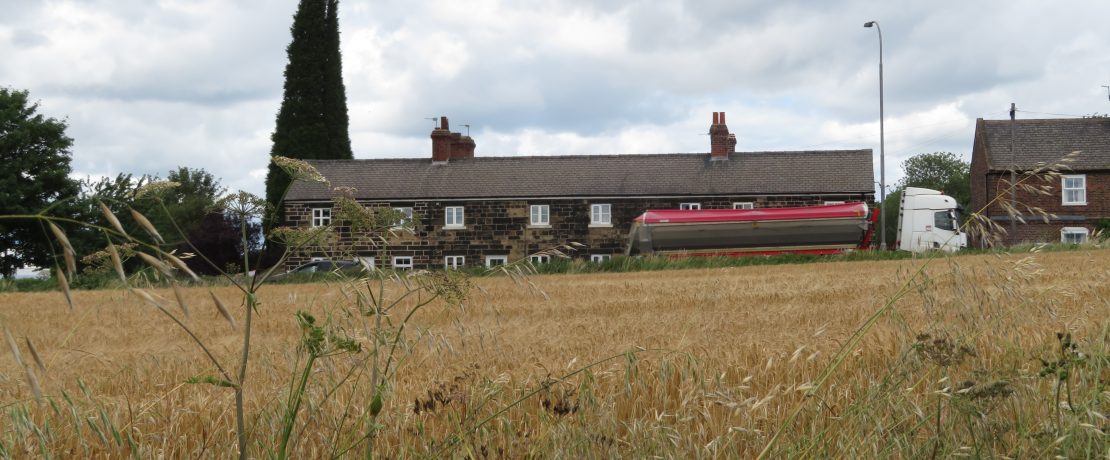The West Yorkshire Devolution Deal
We have just submitted our response to the draft Devolution Deal for Leeds City Region you can read and download the government consultation document here. What possibilities for change could it bring to West Yorkshire? And what does it involve?
The idea of devolution within England has been around for a long time. The system of nine English regions was supposed to be a stepping stone towards it in the 1990s, and way back in 1987 Yes, Prime Minister provided a typically astute critique of how dimly central government viewed the whole idea. It is widely acknowledged in planning circles that Metropolitan County Councils (1974-86) were a largely successful experiment in larger-than-local government. Public transport was a particular beneficiary of that era, which gave us almost free bus services in South Yorkshire, and the Tyne & Wear Metro in the North-East. Just as the Metropolitan Counties were abolished for principally ideological reasons in the 1980s, so too were the English Regions in 2010. As ever in politics, being seen to empty out some rather cloudy bathwater resulted in the loss of some promising babies.
Some public goods need to be planned cohesively across a wider geography than one local authority. People’s choices of where to live and work are not usually made with reference to administrative boundaries. Does anyone really care that Hipperholme, Cleckheaton and Drighlington are in different jurisdictions? Well, they do if it means that one has noticeably better or worse public services than another. Environmentally, local administrative boundaries often follow either the middle of a river or a major road, and how can it be realistic to plan differently for one half of a river catchment than the other?

The West Yorkshire Devolution Deal describes the powers that will rest with a new, elected mayor. Much of these concern transport, which is to be expected since West Yorkshire Combined Authority has its origins in the West Yorkshire Passenger Transport Executive – which was formed at the same time as the defunct Metropolitan County. In that sense, the Devolution Deal can be seen as West Yorkshire asking for its old powers back, but this time having to bid and negotiate for them rather than these powers being standardised. The idea that West Yorkshire’s mayor will have different powers from Greater Manchester’s or Merseyside’s is arguably daft.
In any case, one crucial element is a new strategic power for planning and housing, which will lead to a Leeds City Region Strategic Development Plan. According to the draft Deal, the Plan would “coordinate strategic land-use planning with strategic transport planning and provide an ambitious framework to achieve a strategic level change in environmental planning policy to reduce carbon emissions and tackle the climate emergency.” In essence, that can be interpreted as implementing a West Yorkshire mass transit network (it is the only major conurbation in the UK without one), aligning development locations to that network, and getting serious about green corridors, tree planting, flood risk management and ecosystem restoration. All of which would be fantastic. But before that can happen, there are some big unresolved questions.
- How will the Plan mesh with, or supercede, the five separate existing Local Plans, especially when the new Plan has to be agreed unanimously by all five authorities?
- How will the environmental and social objectives come to the fore when economic interests have a seat at the table (the Chair of the Local Enterprise Partnership will be a non-voting member of the new mayoral authority) but there is no equivalent representation for nature or for public health?
- What will be the arrangements for public consultation and scrutiny of the Plan, especially if the current Government realises its ambition to sidestep the local planning system for a significant chunk of decisions about housing and infrastructure?
In short, if planning is to be done successfully by the devolved mayoral authority, it needs to be transparent and accountable, and it also needs to have enough teeth to be able to be implemented.







